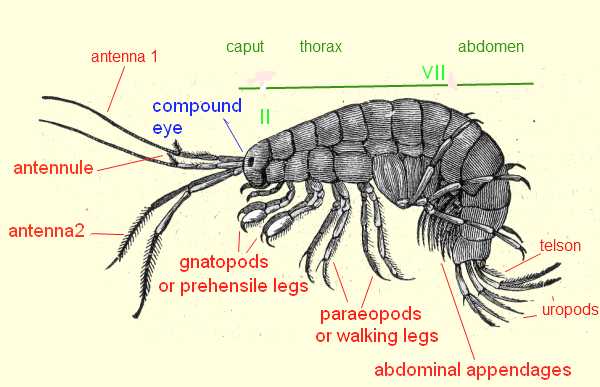Changes in food uptake by detritivorous macroinvertebrates could disrupt the ecosystem service of leaf litter breakdown, necessitating the study of shredding under anthropogenic influences. The impact of the neonicotinoid insecticide imidacloprid on the feeding rate of individual Gammarus pulex was measured at a daily resolution both during and after a 4-d exposure period. The authors found that imidacloprid inhibits feeding of G. pulex during exposure at concentrations ≥30 µg/L and that there was no recovery in feeding on transfer into clean media for 3 d. Exposure to imidacloprid at concentrations ≥0.81 µg/L and ≤9.0 µg/L resulted in increased feeding after exposure even though there was no significant effect on feeding during the exposure itself. Comparison with the literature shows that concentrations found to influence feeding lie within the range of estimated and measured environmental concentrations. Additionally, effects on feeding rate were observed at concentrations 2 orders of magnitude lower than those causing mortality. The lethal concentration for 50% of test organisms after 4 d of exposure (270 µg/L, literature data) and the effect concentration for a reduction in feeding by 50% (5.34 µg/L) were used for this comparison. The present study discusses the potential that effects on feeding may evoke effects at the population level or disturb leaf litter breakdown in the environment.
Source: Alatz A et al. Environ Toxicol Chem 2014;33:648–653 http://onlinelibrary.wiley.com/doi/10.1002/etc.2480/abstract;jsessionid…

- Login om te reageren
